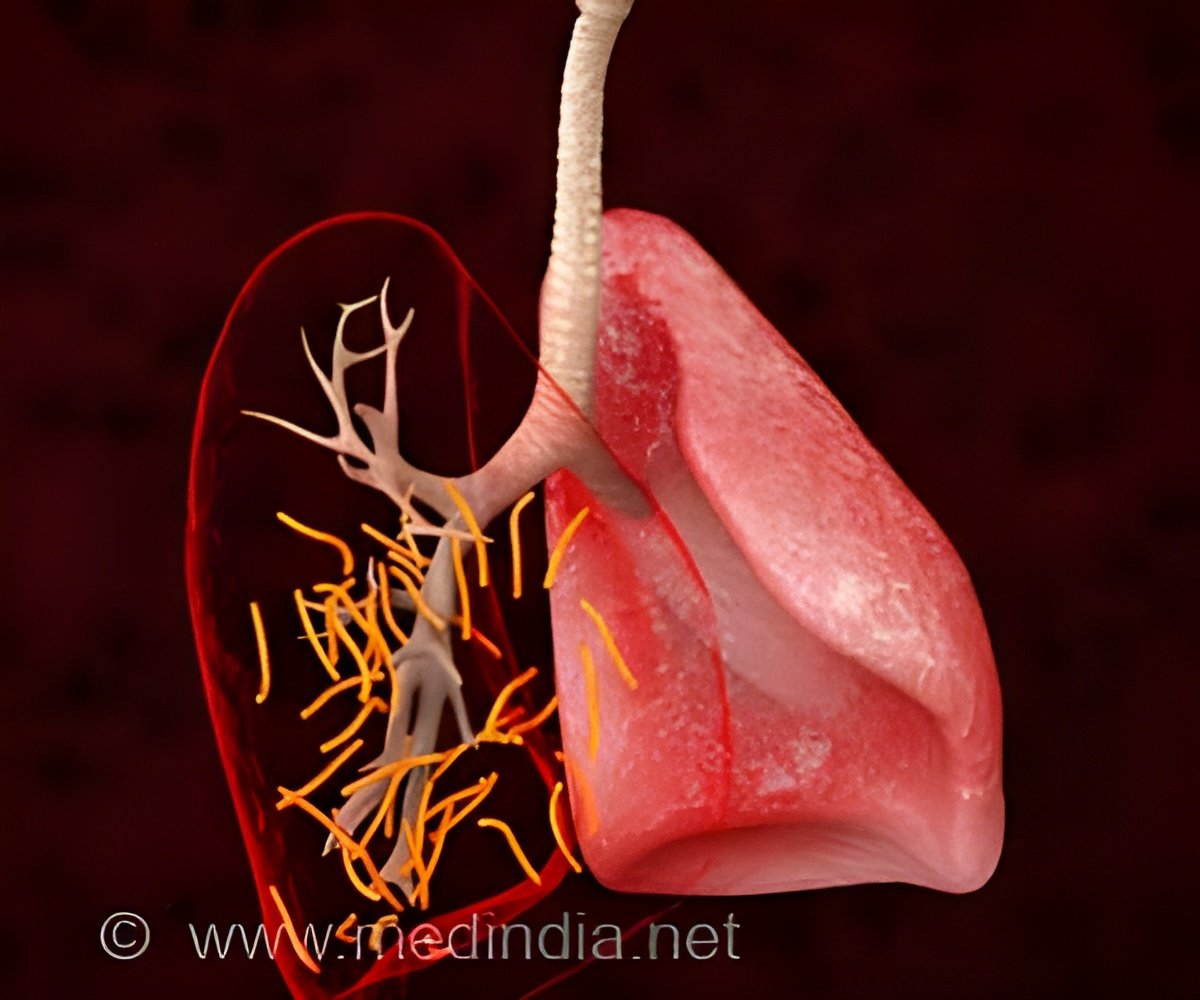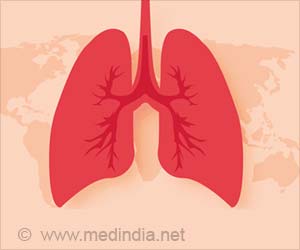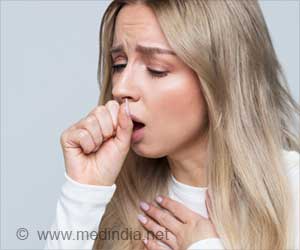
‘Occupational hazards were found to account for more than one in ten people with range of non-cancerous lung diseases. ’
Tweet it Now
“The role of occupational factors in most lung disease is under-recognized,” said Paul D. Blanc, MD, MSPH, chief of the Division of Occupational and Environmental Medicine at the University of California San Francisco, who along with Carrie A. Redlich, MD, MPH, director of the Occupational and Environmental Medicine Program at Yale University, led the group effort. “Failure to appreciate the importance of work-related factors in such conditions impedes diagnosis, treatment and, most importantly of all, prevention of further disease.”
Specifically, the authors estimated the occupational burden of these lung diseases:
Asthma, 16 percent
Chronic obstructive pulmonary disease (COPD) 14 percent
Advertisement
Idiopathic pulmonary fibrosis, 26 percent
Advertisement
Sarcoidosis and other granulomatous disease, 30 percent
Pulmonary alveolar proteinosis, 29 percent
Community-acquired pneumonia (in working-age adults), 10 percent
Tuberculosis (in silica dust-exposed workers), 2 percent.
Dr. Blanc said that some of these findings, particularly those for asthma and COPD, reinforce earlier burden estimates. Other estimates, such as those for idiopathic pulmonary fibrosis and community-acquired pneumonia in working-age adults, highlight “a newly appreciated magnitude of risk.”
Dr. Blanc added that the authors hope that the statement will cause clinicians to consider not just the respiratory condition but also the patient’s occupation and “will move policy makers to take seriously the prevention of such diseases among working women and men around the globe.”
Source-Newswise












